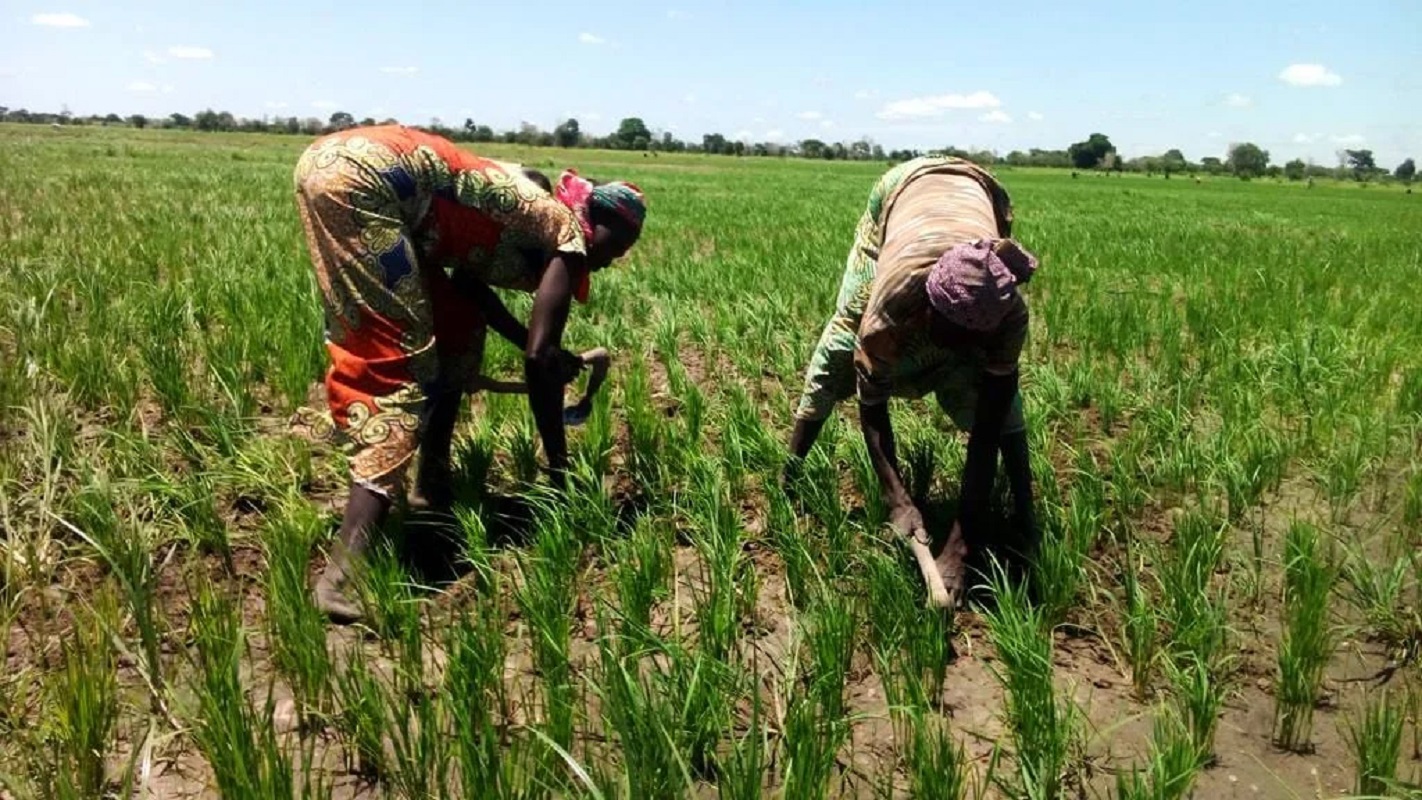Adopted by the Steering Committee of the Rice Value Chain Development Project in Cameroon. This speech is part of the mechanism for reducing massive imports of this cereal, the harmful impact of which contributes to further widening the country’s trade balance deficit.
Unanimously, the members of the steering committee meeting in session on January 17, 2025 in Bamenda, North-West region, affirm that this initiative of the Cameroonian government aims to palpably increase local rice production over a period of five years, in these two regions in particular and in Cameroon in general. Budgeted at just over 133 billion FCFA, with the Islamic Development Bank (IDB) as the main donor, the rice value chain development project is already well established in the Far North region.

Official sources say that through the rice value chain development project in Cameroon, the government intends to bring the self-sufficiency rate back to 97%. Like frozen fish, rice is one of the main food products imported by Cameroon. According to data compiled by the National Institute of Statistics (INS), for the year 2023 alone, for example, the rice import bill reached 200.8 billion FCFA, down 24% from 264.4 billion FCFA in 2022. In terms of market players, “India remains in the lead with a 55.2% market share, followed by Thailand whose market share increased by 2 points compared to the previous year. These two countries supply 90.1% of rice imported into Cameroon in 2023,” the INS report reveals.
It should be noted that the rice value chain development project in Cameroon is an integral part of the Rice Development Strategy (SDR) 2022-2030. The total cost of this Strategy is estimated at 385 billion CFA francs. In its distribution, 298 billion CFA francs are intended for irrigated areas and 87 billion for other goods and services. The private sector is expected to finance approximately 40%. As a reminder, rice is a staple food for the population. It ranks second among the most consumed cereals after corn. The annual rice consumption index is 25 kg per capita. The structural rice deficit is estimated at 450,000 tonnes per year for an estimated production of 270,000 tonnes.






